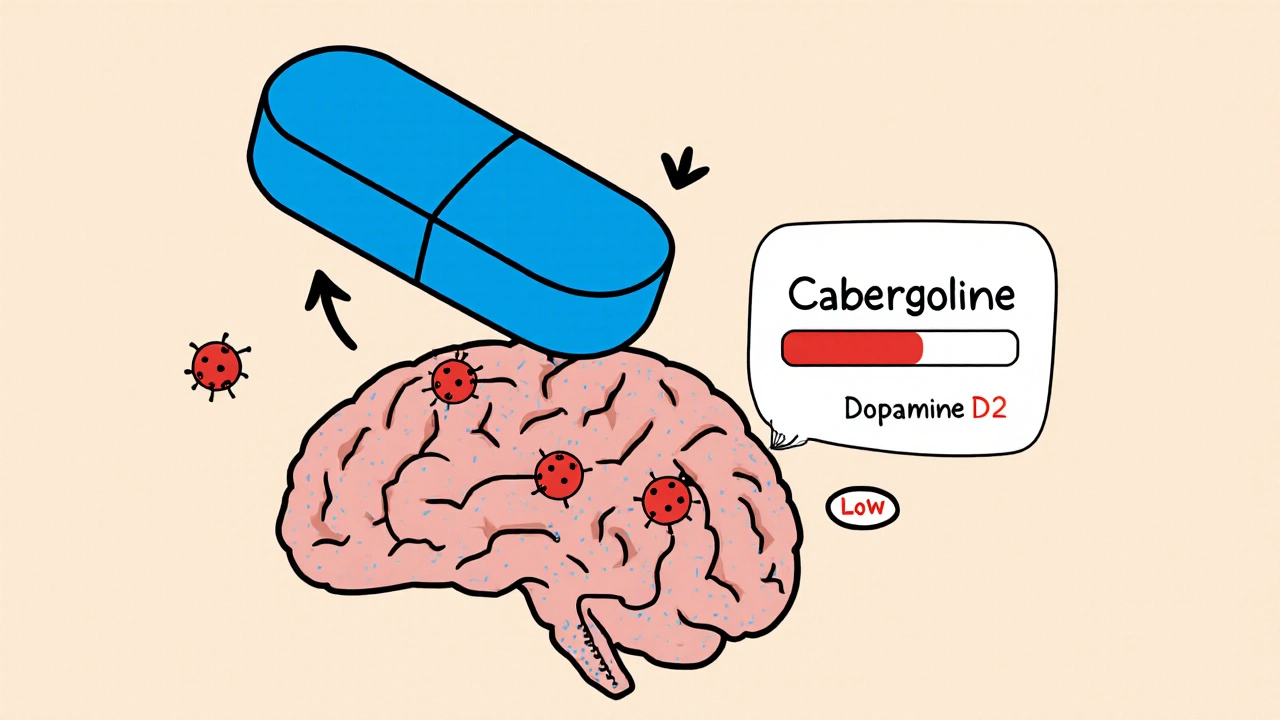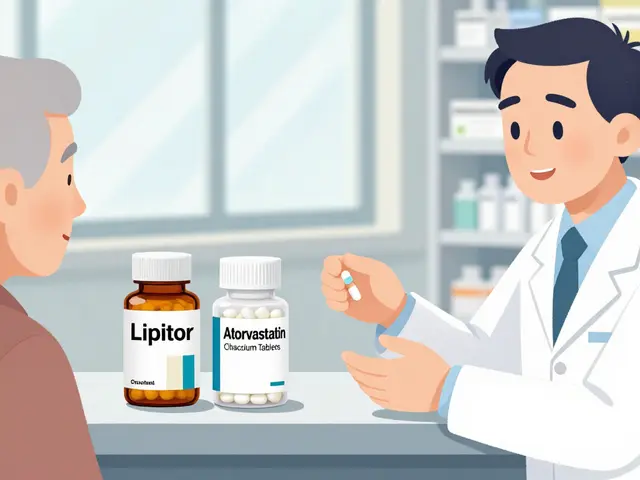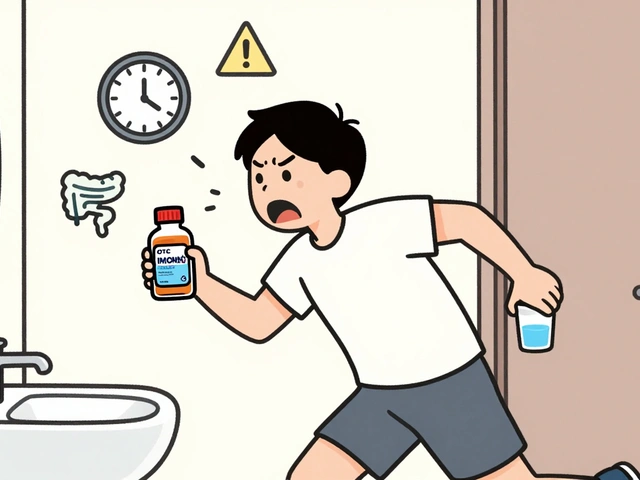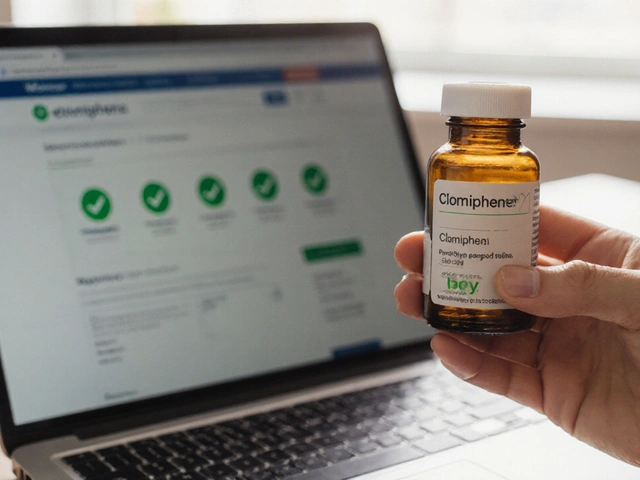Dopamine Agonists: What They Are, How They Work, and What Alternatives Exist
When your brain doesn’t make enough dopamine agonists, drugs that activate dopamine receptors to compensate for low natural levels. Also known as dopamine mimetics, they’re used when the brain’s own dopamine production drops — like in Parkinson’s disease or when prolactin levels go too high. These aren’t dopamine itself, but they trick the brain into thinking it’s getting more. That’s why they help with movement, mood, and even hormone balance.
Cabergoline, a long-acting dopamine agonist commonly prescribed for prolactinomas and Parkinson’s. Also known as Dostinex, it’s one of the most used because it works longer and often causes fewer side effects than older options. Then there’s bromocriptine, an older dopamine agonist still used for high prolactin and some cases of Parkinson’s. Also known as Parlodel, it’s cheaper but tends to cause more nausea and dizziness. Both target the same receptors, but how they behave in your body makes a big difference in how you feel day to day.
Dopamine agonists don’t just help with shaking hands or infertility from high prolactin. They’re also used for restless legs, some types of depression, and even certain hormonal disorders. But they’re not magic pills — side effects like dizziness, sleepiness, or impulse control issues can happen. That’s why choosing the right one matters. Some people respond better to one drug over another, not because it’s stronger, but because their body handles it differently.
What you’ll find below are real comparisons — not just lists. You’ll see how Cabergoline stacks up against bromocriptine and other options. You’ll learn what patients actually experience, how dosing differs, and why cost and availability play a role in real-world decisions. No fluff. Just clear, practical info from people who’ve been there.

Compare Cabergoline with its main alternatives, see how they work, weigh benefits and risks, and learn how to pick the right dopamine agonist for hyperprolactinemia.






